With the political rows that have dominated this Formula 1 season more or less over apart from a few late skirmishes, attention in Valencia has turned to the driver market.
The key move this season is Fernando Alonso's prospective switch to Ferrari. This has not been officially confirmed yet, but it is considered a given. And it will trigger a series of swaps that will significantly change the look of the F1 grid next season.
Among the top teams, only Red Bull are not changing their line-up and there are attractive seats available at Ferrari, McLaren and Brawn.
In the wake of Alonso's move, the key men in the market place are Kimi Raikkonen and Robert Kubica.
Assuming Jenson Button stays at Brawn - which is not 100% certain, but looks very likely - they are the A-listers who will be top of most teams' shopping list.
The driver market is always complicated - but the injury suffered by Felipe Massa has made it more Byzantine than usual this summer.
Ferrari have actually got themselves into a bit of a pickle. Alonso's arrival means they have three of the top drivers in F1 for next season and only two cars to put them in, as both Felipe Massa and Raikkonen are under contract until the end of 2010.
They intended to partner Alonso with Massa, but the Brazilian has a fractured skull following his accident in qualifying for the Hungarian Grand Prix.
Although he is expected to make a full recovery, in terms of living a normal life, it is impossible to know right now whether he will be able to race in F1 again, even if Brawn driver Rubens Barrichello and Massa's race engineer Rob Smedley, probably the two people closest to him in the paddock, are optimistic.
Massa is talking about an emotional return for the Brazilian Grand Prix in October, but many feel that may well be over-optimistic, even allowing for the traditionally astonishing powers of recovery of F1 drivers.
And if Massa cannot drive until after the end of the season - which means he might not be able to do so until January, because of the testing restrictions in December - that makes getting rid of Raikkonen less immediately appealing.
Despite that, it does appear that the Finn will be the one to leave Ferrari, for whom one solution would be to gamble on Massa being fit and, if he isn't, take one of the experienced drivers who may be left standing after the game of musical chairs finishes.
Jarno Trulli looks certain to leave Toyota - whose entire future in F1 may be in doubt - and the futures of Rubens Barrichello, Giancarlo Fisichella and Nick Heidfeld are all up in the air. All would make a more than decent one-year stand-in.
In that eventuality, the question is where Raikkonen will end up.
There are a number of interesting possibilities. His advisors are known to have had talks with Brawn, which interests him, and Toyota, which does not. And another obvious possibility is Renault, who need a top-liner to replace Alonso.
And there is one intriguing possibility that I have not heard discussed on the paddock rumour mill - could Raikkonen make a shock return to McLaren?
It comes a bit out of left-field and might seem outlandish, but bear with me on it for a moment.
Lewis Hamilton is locked in there until 2012, but the second seat is open. Hamilton's team-mate Heikki Kovalainen is under pressure because of his unconvincing performances in races and there has been talk of Nico Rosberg moving over from Williams.
But, if you were McLaren, why replace one guy who is not as quick as Hamilton with, in Rosberg, another who isn't either but might be more disruptive?
Raikkonen, on the other hand, is well known by McLaren having driven for them from 2002-6, and he is low maintenance - he just gets in the car and drives and couldn't care less who his team-mate is.
Rosberg is known to be wary of facing Hamilton in the same car - he was his team-mate in karting and knows how quick he is - and Kubica has a reputation as hard work and demanding.
Raikkonen is the total opposite. He would not be bothered about the team's focus on Hamilton. He would just do his job and go home - just like he always has.
Not only that, but he left McLaren largely because he fell out with Ron Dennis, but the former boss has no involvement in the F1 team any more.
So a fresh link with Raikkonen could be an appealing idea for McLaren - and vice versa.
And read this quote from team boss Martin Whitmarsh after Sunday's European Grand Prix: "Kimi's really raised his game and all weekend has done a great job and Heikki has always been a fantastic team player and a good asset in our team but his race pace hasn't been good enough."
Of course, all of that might be hugely wide of the mark, in which case Raikkonen will probably end up at Brawn or Renault - at both of which Kubica must be considered a contender.
The Pole has been strongly linked with a move to Williams following BMW's decision to quit F1. But this weekend he has opened negotiations with Brawn, which would surely be a more appealing option considering the two teams' respective performance this season.
It is a difficult decision for Brawn. Given that Raikkonen has been a little off the boil in the last couple of seasons, Kubica is arguably the best driver on the market this season.
But he has a reputation for being disruptive inside a team and Ross Brawn might prefer not to disturb the equanimity of Button, the man who still looks likely to be world champion this year.
On top of that, Kubica is understood to want a one-year contract so he has the ability to move on for 2011 if a better drive becomes available, while Brawn would almost certainly want him to sign for two seasons.Traditionally, early September is the time the big pieces in the driver market puzzle begin to fall into place. But given the inherent complications, this season it could be a good deal later than that.
Andrew Benson







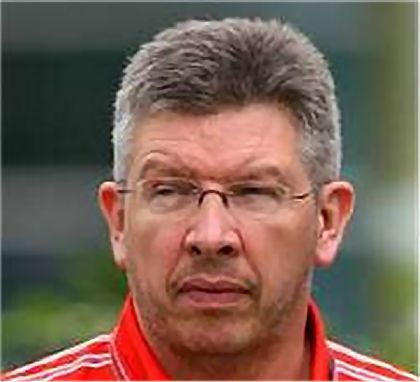
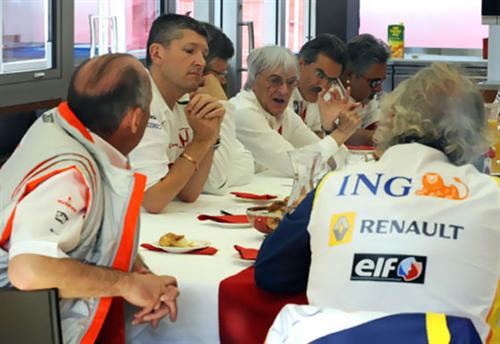




























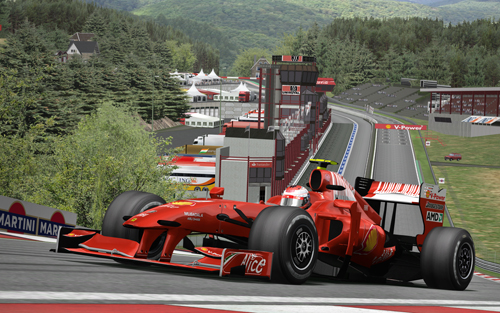
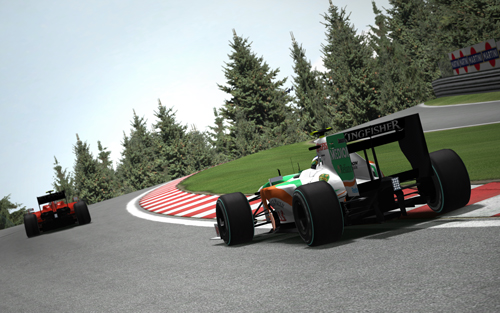
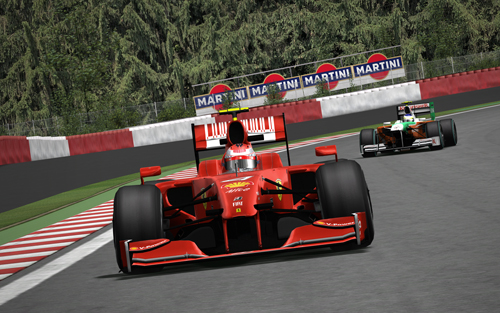
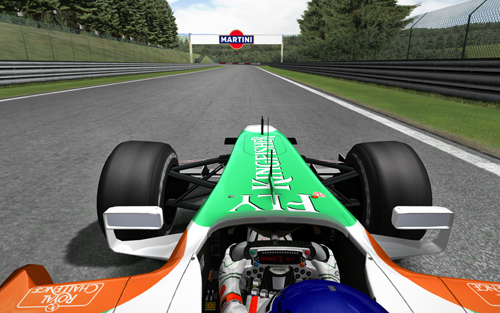
![[ABT-Audi-R8-V10-FSI_01.jpg]](https://blogger.googleusercontent.com/img/b/R29vZ2xl/AVvXsEhB2v2fyzd0ZTnd-lEMcRQay2MeLZRhZHN_ZoLFXWMWbei9O49ofMqioG0eBL0xR-RrMMok21yPbm7sZ-YpGIEDGN8HLVOqrqHZcFrsjTHzGlLijrr-JfMMv69q90sku3foV4RkBglnYIE/s1600/ABT-Audi-R8-V10-FSI_01.jpg)
![[ABT-Audi-R8-V10-FSI_04.jpg]](https://blogger.googleusercontent.com/img/b/R29vZ2xl/AVvXsEgrKS1BNA3q9HP0ZENw69heKfmNGp1quhRpeeonNdn0Nr77XYUjU2bf1BNKVyLQXViwadWYiZCDuzCHoprua5eg-qvhGBr0wZxfLDh8qmUehv2N9HyuqsU87nLdNNiQZiMl34E_-2FSENQ/s1600/ABT-Audi-R8-V10-FSI_04.jpg)
![[ABT-Audi-R8-V10-FSI_03.jpg]](https://blogger.googleusercontent.com/img/b/R29vZ2xl/AVvXsEj29s4-4LUh_diw7NUkqN_cW2_SQVGu5B806chhP0HQkZqvks6eMsUCk1dusIFgqyVKcYOD6r5S-v7wFnRtqLiIraSJfWwLZUkpVN-qR4HqW17E0LTRIdlF7um8YFjq4dfJjVcnJPr9AsM/s1600/ABT-Audi-R8-V10-FSI_03.jpg)
![[ABT-Audi-R8-V10-FSI_05.jpg]](https://blogger.googleusercontent.com/img/b/R29vZ2xl/AVvXsEiBplQ4fwIDyzt2dBFdt_fX-gf-LvuhiXG2aIByzR4kZ0zYtK7GZ8nEfMl0SSksQAyruasqQoEBUtPBUJGDA8xBTZci7AJ4VIiecK8PZepycAoI_9smddCzqiabrHUSlCqHEEVbrWxGo_c/s1600/ABT-Audi-R8-V10-FSI_05.jpg)














